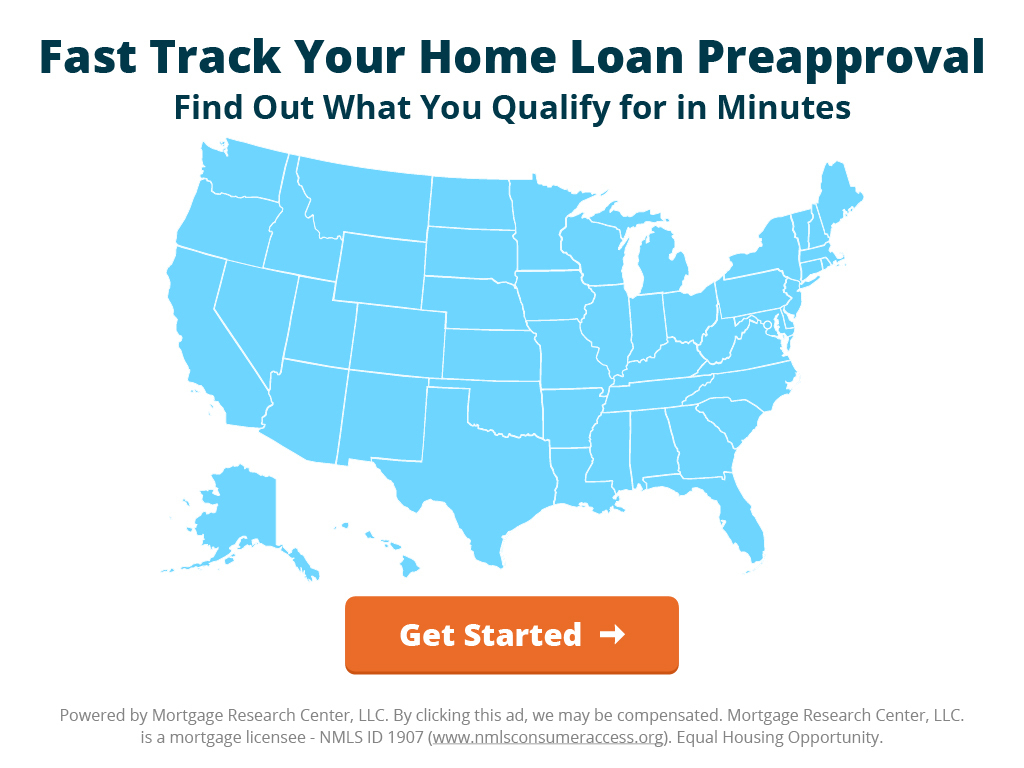The Secret to an Ultra-Low Mortgage Rate? Assume the Loan, If You Can

The doubling of mortgage rates over the last year means it’s tougher to buy a home. Payments are higher, and that means some applicants won’t qualify for a loan because lenders measure their potential monthly bill against their income.
Assuming an existing mortgage at a lower rate can allow buyers to escape the negative effects of higher rates. Buyers who assume mortgages might be able to get a rate that starts with a 3 or even a 2, if the loans were originated in 2020 or 2021 when interest rates were near all-time lows.
Most mortgages aren’t assumable, but buyers who seek out those loans might be able to find ultra-low rates, even as financing costs linger near the 20-year high set in late October.
» MORE: Looking to buy soon? Set yourself up for success by getting preapproved for a mortgage prior to your home search.
Which Loans Are Assumable?
Most government-backed mortgages are assumable, including those backed by the Veterans Administration (VA), Federal Housing Administration (FHA) and the U.S. Department of Agriculture (USDA). But the rules vary for each.
FHA loans are assumable if the buyer meets credit requirements, according to FHA guidelines. Buyers who assume FHA mortgages pay off the remaining balance at the current rate, and lenders release sellers from loan liability. Buyers who assume FHA loans must make up the difference between the remaining loan balance and the home’s purchase price. Learn more about FHA loan requirements here.
VA mortgage assumption guidelines are similar (learn more about how VA loans work). The VA or approved lender must approve the creditworthiness of the buyer, who must also pay a VA funding fee of 0.5% of the loan value, according to the VA Lender Handbook. Unlike new loans, buyers can’t finance the funding fee when assuming a loan.
USDA loans allow assumptions but operate differently from FHA and VA loans. When most buyers assume these loans, the lender reamortizes the loan balance and in most cases issues new terms, which includes a new rate, according to USDA guidelines. Only in cases involving transfers between family members will the USDA allow loan assumption at the original terms.
Assumable Mortgages: What Buyers Need to Know
The benefits to buyers are obvious – in a high-interest rate environment, assuming a loan at a lower interest rate can provide substantial savings to buyers.
With a mortgage of $250,000 at a 7% rate, the monthly payment (principle and interest) on a 30-year loan would be $1663. But at a 2.5% rate, those same payments drop precipitously to $988 a month. Assuming a lower interest rate loan could save buyers hundreds per month.
However, buyers should consider how much equity the seller has in the home and the current sale price. Buyers must come up with the difference between the sales price and the remaining balance with cash or another loan, potentially at higher-than-market rates, since the home itself wouldn’t secure the loan.
Normally VA loans are only available to qualified veterans, but for VA loans, buyers don’t have to be a veteran to assume the loan.
Buyers who are qualified veterans and plan to use their VA loan entitlement for their home purchase save save on the funding fee with a loan assumption compared to a new VA loan. VA loans require funding fees as high as 3.3%. The funding fee on a loan assumption is only 0.5%, significantly reducing closing costs of loan assumptions vs. new VA loans.
Assumable Mortgages: What Sellers Need to Know
The benefit of assumable mortgages for sellers include the ability potentially to get a higher sales price than the market would otherwise support since the seller is including a tangible benefit for the buyer– the ability to save hundreds on monthly mortgage payments.
However, sellers should understand that lenders must qualify buyers for loan assumptions based on their credit. That means meeting both the minimum credit score requirements of both the government agency backing the loan and the lender themselves. For FHA, the minimum acceptable credit score is 580.
Qualifying the buyer for the loan assumption can extend closing times. Many new loans close in 30 days but for FHA loans, lenders have 45 days to make a credit decision on prospective loan assumptions, according to FHA guidelines.
Sellers can’t skip the process of formally going through the loan process by allowing someone to take over their mortgage payments without approval. This would be grounds for loan acceleration, according to the regulations. In a loan acceleration, the balance of the loan becomes immediately due, effectively canceling the mortgage and having drastic credit consequences for the seller.
But when done correctly, lenders automatically provide a release from liability, as stipulated by the HUD Reform Act of 1989, and reiterated in FHA, USDA and VA lender guidelines. Sellers should obtain a copy of this release from liability and keep it for their record.
Sellers with a VA loan should understand that they will not be automatically able to use their entitlement on a new VA loan until the buyer who assumes loan pays it off in full. If the buyer is a veteran with their own entitlement, the seller can request a certificate of eligibility substitution, which would allow the seller to use their own entitlement on a new loan.
How Can You Find Assumable Mortgages
Weighing the pros and cons of an assumable loan is one thing, but finding one is another.
Sellers who are willing to sell their home via loan assumption can advertise this fact in their MLS listing or via classified home sales ads.
Buyers can proactively look for assumable mortgages at Truvio or other websites that aggregate classified ads. These listings often list the mortgage rate and the remaining loan amount, so buyers know upfront how much they’ll have to finance or bring to the table in cash. We found homes for sale with assumable FHA, VA and even conventional loans with rates as low as 2.25% in an environment that currently sees average rates above 7%.
Buyers seeking assumable loans should also talk to their real estate agent, who might have additional resources to find assumable loans.
» MORE: Getting ready to buy a home? We’ll find you a highly rated lender in just a few minutes.
More from Mortgage Research News:
Five Tips to Save Money When Applying for a Mortgage
Mortgage Lenders Ask Congress to Keep Its Hands Off VA Loan Fees
Detroit and Dayton Lead Ranking of Most Affordable U.S. Metros for Homebuyers






